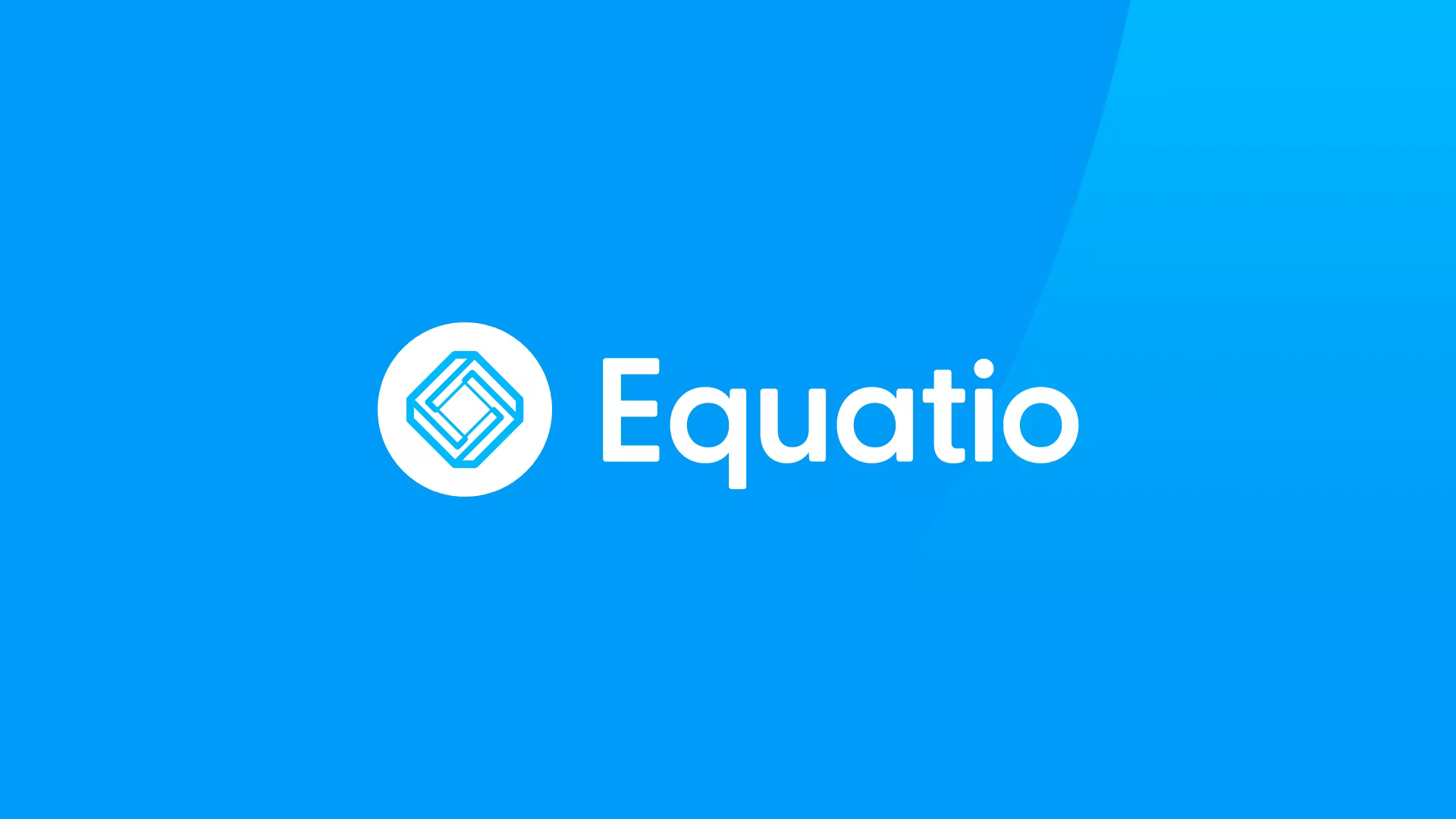News and Trends(18)
from Technology & Learning
Bulletproof backpacks are the latest must-have school accessory, Negroponte brings his XO home, and a new tool for your own rubric.
Hello, Home-Schooling!
A disturbing new sign of our increasingly violent times comes in the form of Backpackshield.com's bullet-resistant portable shields for student backpacks. For $249, users can buy "standard size" shields available in a variety of colors, featuring removable Velcro for easy washing. Additional reassurance can be gained from knowing the newly released product's Level 111A protection means it "can stop even the hardened full-metal jacketed, high-velocity handgun bullets, including 9 mm and 44 Magnum that pass right through a level 11 bullet-proof liner.
rubistar.4teachers.org/index.php
Need to create a rubric but don't have the time? Enter Rubistar, a free Web site powered by 4Teachers.org that provides comprehensive, high-quality rubric templates in 10 curriculum areas, such as science, research and writing, music, and multimedia. Included are built-in models with pull-down menus detailing a range of evaluation categories. For example, a Lab Report menu suggests error analysis, background sources, materials, calculations safety, variables, and other key information you might include in an assessment. There are also plenty of rubrics addressing the more-difficult-to-measure, 21stcentury skills, such as digital storytelling.
Additional features include edit and save and analyze options, as well as tutorials.
Check it out!
Tools and ideas to transform education. Sign up below.
Voters Unsatisfied
A national survey commissioned by the Partnership for 21st-Century Skills has found that the majority of Americans are unsatisfied with the direction our schools are taking. Public Opinion Strategies and Peter D. Hart Research Associates surveyed 800 registered voters nationally in September 2007. When asked, "Would you say our country is moving in the right direction or the wrong direction in educating our youth to make sure they have the skills to compete in a global economy?" 50 percent responded in the negative. For the complete survey results, visit www.21stcenturyskills.org.
In other Partnership news, Route 21, the group's new interactive Web site showcasing 21stcentury teaching and learning best practices is due to launch November 7th. The site will focus on addressing the 360-degree support—from standards to professional development to assessment and more—that needs to be interconnected in the process.
For more information on the Partnership's activities, e-mail: info@21stcenturyskills.org.
Tots on Their Own Online
When it comes to talking to kids about online safety and savvy, parents may be overlooking the precocious behavior of their 6-to 10-year-olds. A recent study, "Parenting Moves Online: Parents' Internet Actions and Attitudes, 2007" released by Cable in the Classroom and Common Sense Media, shows that kids ages 11-14 are more likely to get safety and ethics guidance from their parents than either of their younger or older counterparts. In the area of personal information sharing, only 65 percent of parents say they've talked to their 6-to 10-year-olds, while 90 percent have spoken with their 11-to 14-year-olds. A similar pattern holds true in the areas of determining information credibility, avoiding contact with dangerous people, and downloading and sharing files. Perhaps technology literacy training in the primary grades needs a new focus.
The survey, which polled more than 2,000 adults, is available online at www.ciconline.org/home.
Quote of the Month
"Higher education is a key to achieving the American dream, and more than ever, the American dream is going to depend upon innovation."
—Speaker Nancy Pelosi, on increasing Hispanic student participation in science, technology, and engineering at the Hispanic Engineering, Science & Technology Week Conference at the University of Texas- Pan American held in September.
Negroponte Opens the Door to Affordable Computing
In 2006, the whole world watched as high-profile MIT Media Laboratory director, businessman, and author Nicholas Negroponte unveiled ambitious plans for his One Laptop Per Child nonprofit association to ship $100 computers to developing countries. Named XO, the scaled down devices were intended to help bridge the digital divide in Senegal, Costa Rica, Nigeria, Thailand, and other developing nations.
A new twist to this tale is OLPC's recent announcement of a Give One Get One program for U.S. and Canadian residents. For two weeks, starting Nov. 12, 2007, interested buyers can spend $399 for two XO devices—one to be delivered to them by Christmas, and the other sent to a high-need nation.
The North American program is, in part, to drum up sales of lagging overseas orders. This surprised some as just this spring Negroponte's foundation confirmed 3 million orders and hired China-based Quanta to begin manufacturing the ingenious, compact devices. But promised orders from Brazil, Nigeria, and others, went sour. Perhaps it was the hidden costs, including a government commitment to pay for distributing the XOs, and the agreement they provide unrestricted Internet access that made some balk and garnered Negroponte criticism.
Of course, criticism is no stranger to the entrepreneur. Microsoft, Intel, and others had plenty to say in response to Negroponte's claims that "featuritis" and "bloated software" were keeping prices up on the computers they manufacture.
"When people like that don't like it, you must be doing something right," he remarked.
Prophetic words, it turns out. Intel has now entered the field with its own affordable laptop, the Classmate PC, expected to retail at $250 with Windows XP installed. And then there's ASUS, which is offering eee, a $260-$400 Linux OS laptop series. Wal-Mart, too, recently began offering the California-based Everex laptop, starting at $418. Don't be surprised to see other computer vendors following suit.
This slew of new, affordable laptops is good news. And this could prove Negroponte's, and OLPC's, greatest accomplishment. In any case, we applaud him for his vision, idealism, and energy. There is little doubt that his OLPC initiative has opened the doors to cost-effective computing for schools.
